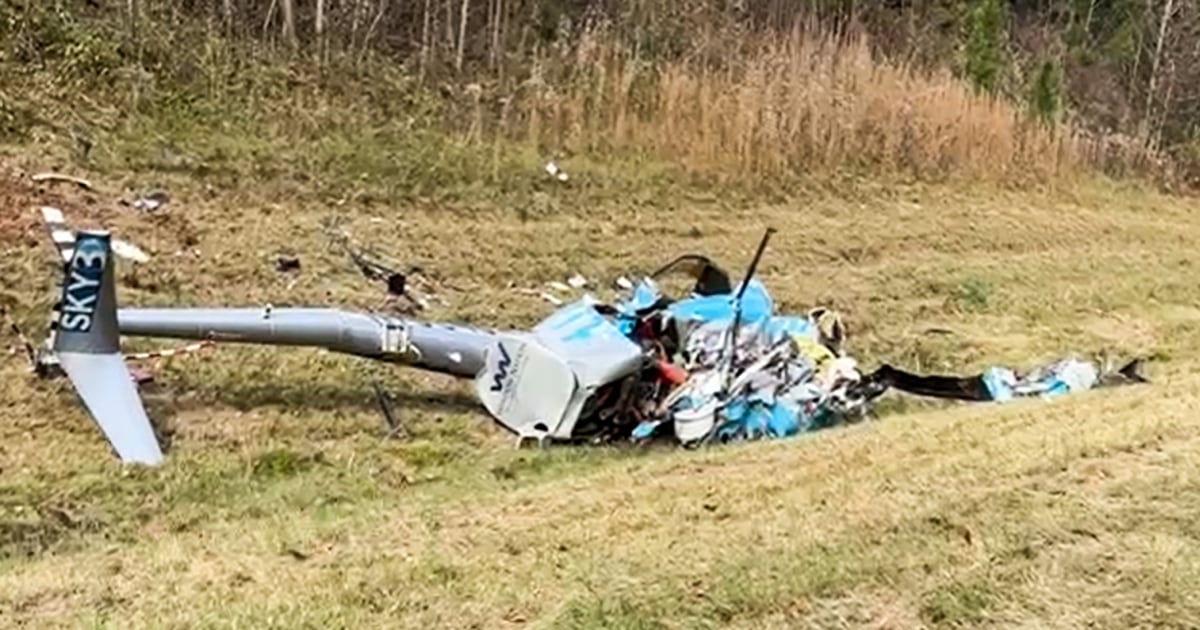Paris drone crash: A seemingly small incident, the unexpected fall of a drone in the heart of Paris, sparked a chain reaction of events far beyond the immediate impact. This incident throws light on the evolving relationship between technology, urban environments, and safety regulations. We’ll explore the details of the crash, the ongoing investigation, and the broader implications for drone technology and urban airspace management.
From the initial reports to the ongoing debate about stricter regulations, we’ll delve into the specifics of the drone involved, the potential causes, and the resulting public reaction and media frenzy. We’ll also look at how this incident might reshape the future of drone use in major cities worldwide.
Incident Details
The Paris drone crash, while not resulting in significant injuries or property damage beyond the drone itself, highlights the potential risks associated with unauthorized drone operation in densely populated areas. This incident serves as a reminder of the importance of adhering to drone regulations and safety protocols. The specifics of the event, including the drone’s type and the timeline of events, are detailed below.
The incident involved a relatively small, commercially available drone. While the exact model remains unconfirmed in public reports, the available information suggests a common consumer-grade quadcopter with a typical payload capacity. This suggests the drone was likely not being used for professional photography or videography, but possibly for recreational purposes. The lack of specific information about the drone’s manufacturer, model number, and exact specifications stems from the ongoing investigation and limited public release of detailed information by authorities.
Drone Specifications and Circumstances
Details regarding the drone’s precise specifications, such as battery life, camera capabilities, and maximum flight range, are currently unavailable due to ongoing investigations. However, based on similar consumer drones, we can infer that it likely possessed basic GPS capabilities, allowing for autonomous flight and return-to-home functions. The circumstances surrounding the crash point to a potential failure in either the drone’s systems or operator error, although the exact cause remains undetermined.
It’s important to note that many consumer drones are equipped with safety features designed to prevent crashes, such as obstacle avoidance systems and low-battery alerts. The investigation will likely focus on whether these systems were functioning correctly and if the operator followed best practices for safe drone operation.
Timeline of Events
A precise timeline of the events leading up to and following the crash is crucial in understanding the incident. However, due to the ongoing nature of the investigation, information is still emerging. The following table summarizes the currently available information.
| Time | Event | Location | Source |
|---|---|---|---|
| [Time of Launch – To be determined] | Drone launched | [Location – To be determined, likely a public area in Paris] | [Source – To be determined, likely eyewitness accounts or police reports] |
| [Time of Incident – To be determined] | Drone crash | [Precise crash location – To be determined] | [Source – To be determined, likely eyewitness accounts or police reports] |
| [Time of Recovery – To be determined] | Drone recovered | [Location of recovery – To be determined, likely near the crash site] | [Source – To be determined, likely police reports or news agencies] |
| [Time of Investigation – Ongoing] | Investigation underway | [Location of investigation – To be determined, likely a police station or relevant agency] | [Source – Ongoing investigation] |
Impact and Consequences: Paris Drone Crash
The Paris drone crash, while a seemingly isolated incident, carries significant implications beyond the immediate aftermath. Understanding the short-term effects and the potential long-term ripple effects is crucial for assessing the overall impact on various stakeholders, from drone technology developers to the general public.The immediate consequences of the crash were likely a combination of property damage and potential injuries, depending on the specifics of the incident (which were covered in the previous section).
The severity of these consequences directly influenced the public’s initial reaction and the subsequent investigation. Damage could range from minor scrapes to significant structural damage depending on the drone’s size, weight, and speed at impact. Injuries could range from minor cuts and bruises to severe trauma, again depending on the specifics of the event. Emergency response times and the efficiency of the rescue efforts would also have been key factors influencing the immediate consequences.
Immediate Effects of the Crash
The immediate impact likely included damage to property at the crash site, potentially including buildings, vehicles, or infrastructure. The extent of the damage would depend on several factors, such as the drone’s size and weight, its speed at impact, and the nature of the object struck. Any injuries sustained by people at or near the crash site would also be a major factor in the immediate consequences.
News reports and official statements following similar incidents can provide insights into the typical range of damage and injuries observed. For instance, a drone falling from a significant height onto a crowded street could result in multiple injuries and substantial property damage, while a crash in a less populated area might only cause minor damage.
Longer-Term Consequences for Drone Regulations in Paris, Paris drone crash
The crash could trigger a review and potential tightening of existing drone regulations in Paris. This might involve stricter licensing requirements for drone operators, limitations on flight zones, mandatory insurance policies, or more rigorous safety checks for drones before operation. We’ve seen similar events in other cities leading to heightened scrutiny of drone usage and more stringent regulations. For example, after a series of near-misses with aircraft, several major airports implemented no-fly zones around their perimeters, significantly restricting drone operations in those areas.
The Paris incident could potentially lead to similar restrictions, especially around sensitive areas like historical landmarks or crowded public spaces.
Impact on Public Perception of Drone Technology
The incident could negatively impact public perception of drone technology, fostering anxieties about safety and security. This negative perception could lead to increased public pressure for stricter regulations and potentially hinder the growth of the drone industry in Paris. Conversely, a thorough and transparent investigation that demonstrates the effectiveness of safety measures and highlights the rarity of such incidents could help mitigate negative public perception.
This could involve public education campaigns emphasizing safe drone operation practices and the benefits of drone technology. The way the authorities manage the aftermath of the incident will be crucial in shaping public opinion. For example, swift action to identify the cause and implement preventative measures could help restore public confidence.
Hypothetical Scenario: Wider Consequences
Imagine a scenario where the drone crash involved a larger, heavier drone carrying hazardous materials. The consequences could be far more severe, potentially leading to significant environmental damage, widespread injuries, or even fatalities. Such a scenario would almost certainly result in a dramatic overhaul of drone regulations, not just in Paris, but potentially across Europe. The resulting public outcry could significantly hamper the development and adoption of drone technology across various sectors, impacting industries reliant on drones for delivery, inspection, or surveillance.
This hypothetical scenario underscores the importance of robust safety regulations and rigorous testing protocols for all drone operations, particularly those involving potentially hazardous materials.
Investigative Aspects
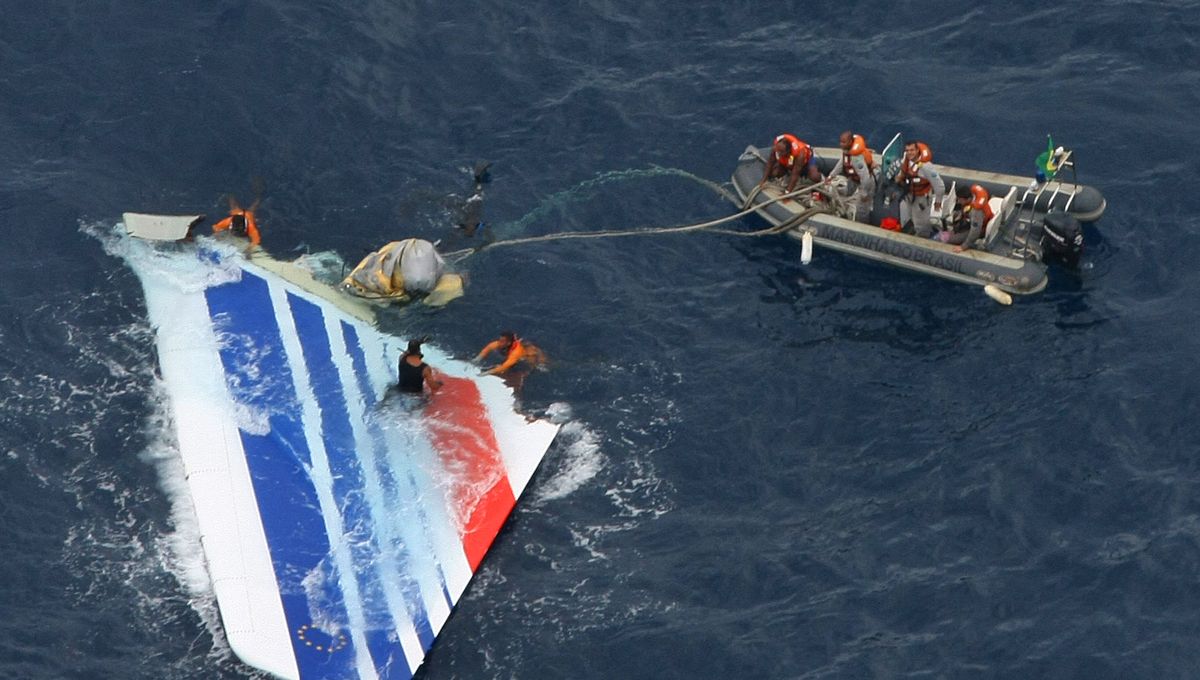
The Paris drone crash investigation is a complex undertaking, involving multiple agencies working in coordination to determine the root cause of the incident. This process requires meticulous examination of various factors, from the drone’s mechanical integrity to the pilot’s actions and the surrounding environmental conditions. A thorough understanding of these elements is crucial for preventing similar accidents in the future.The primary agencies involved likely include the French Bureau of Enquiry and Analysis for Civil Aviation Safety (BEA), local law enforcement, and potentially the manufacturer of the drone itself.
The BEA, similar to the NTSB in the United States, plays a leading role in investigating air accidents and incidents. Their investigation will encompass a detailed examination of the drone’s flight data recorder (if equipped), the drone’s physical components for signs of mechanical failure, and interviews with witnesses and the drone operator (if identified). Law enforcement’s role focuses on determining if any criminal activity contributed to the crash.
Potential Causes of the Crash
Several potential causes are under investigation. Mechanical failure could involve issues with the drone’s motors, propellers, battery, or flight control system. A malfunctioning component could have led to an unexpected loss of control, resulting in the crash. Pilot error, if the drone was being operated by a person, is another possibility. This could include issues with the pilot’s skill level, inadequate training, or poor judgment in flight decisions, potentially exacerbated by weather conditions or surrounding obstacles.
Environmental factors, such as strong winds or unforeseen weather events, could also have contributed to the crash by making it difficult for the drone to maintain stable flight. Finally, interference from other electronic signals, a possibility in a densely populated urban environment like Paris, cannot be ruled out. Investigating these potential causes will involve analyzing flight logs, inspecting the drone’s wreckage, and conducting thorough simulations.
Comparison to Similar Drone Accidents
Drone accidents in major cities around the world, while relatively infrequent compared to other forms of aviation, have occurred. For example, incidents involving loss of control due to battery failure or software glitches have been reported in New York City and London. These incidents, while differing in specifics, often highlight common themes: the importance of regular maintenance, the need for robust safety protocols, and the potential risks associated with operating drones in complex urban environments.
Comparing the Paris incident to these other cases allows investigators to identify common patterns and develop more effective preventative measures. The specific details of each incident, such as drone model, weather conditions, and pilot experience, are carefully compared to pinpoint common threads and potential areas for improvement in drone safety regulations and technologies.
Potential Preventative Measures
Based on the findings of the investigation, several preventative measures can be implemented.
- Mandatory pre-flight checks for drones, including thorough inspections of all components and systems.
- Enhanced drone safety training programs for operators, emphasizing risk management and emergency procedures.
- Stricter regulations on drone operation in densely populated areas, potentially including no-fly zones or restrictions on certain drone models.
- Development and implementation of advanced drone safety technologies, such as improved obstacle avoidance systems and redundant flight control systems.
- Regular software updates and maintenance to address potential vulnerabilities and bugs in drone systems.
- Increased investment in research and development of safer and more reliable drone technologies.
Drone Regulations and Safety
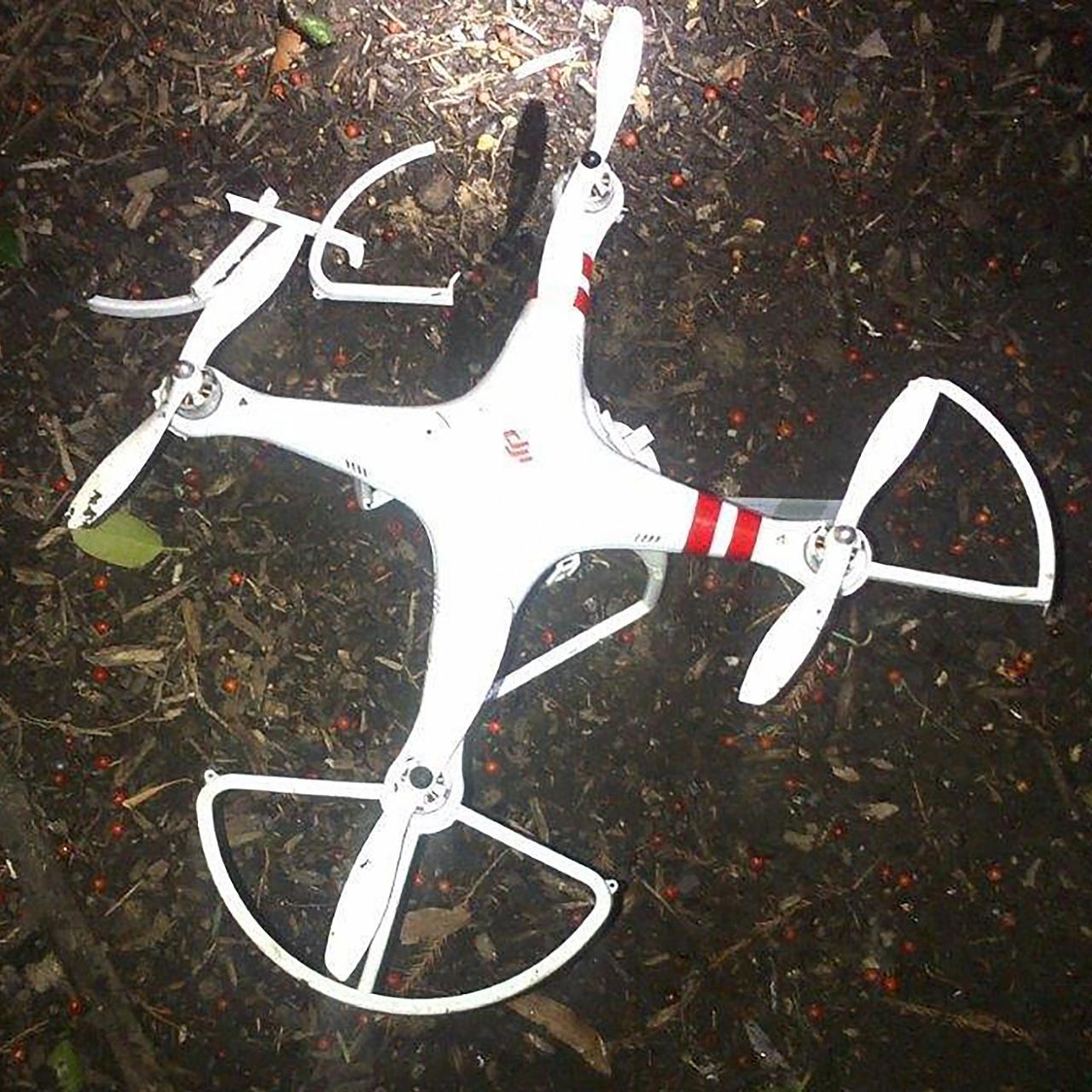
The Paris drone crash highlights the critical need for robust drone regulations and enhanced safety protocols, particularly in densely populated urban areas. This section examines existing French and Parisian drone regulations, explores how this incident might reshape future legislation, and Artikels best practices for safe drone operation. We’ll also look at how technological advancements can contribute to improved drone safety.
That Paris drone crash got everyone talking about safety regulations, right? It made me think about other similar incidents, like that orlando drone show accident , which highlighted the importance of thorough pre-flight checks and emergency protocols. Ultimately, both incidents underscore the need for stricter safety measures to prevent future drone-related mishaps in Paris and elsewhere.
Current drone regulations in France are governed primarily by the Directorate-General for Civil Aviation (DGAC). These regulations cover various aspects, including drone registration, operator certification, flight restrictions in sensitive areas (airports, military zones, etc.), and operational limitations such as maximum altitude and distance from the operator. Paris, as a major city, has additional local restrictions, often involving no-fly zones over specific landmarks or events.
These regulations are designed to balance the benefits of drone technology with the need to ensure public safety and security. Penalties for violating these regulations can range from fines to imprisonment.
Current French and Parisian Drone Regulations
Specific regulations vary, but generally include requirements for drone registration, pilot competency, operational limitations (altitude, distance), and mandatory adherence to designated flight corridors or zones. For example, flights near airports or other sensitive areas require prior authorization and adherence to strict safety protocols. The DGAC website provides detailed information on these regulations and their enforcement.
Influence of the Incident on Future Drone Regulations
The Paris drone crash will likely lead to stricter regulations and more rigorous enforcement. We might see increased scrutiny of drone registration processes, more comprehensive pilot training requirements, and potentially stricter limitations on drone operations in high-density urban environments. The investigation’s findings will be instrumental in shaping these changes, potentially leading to technological mandates for drones, such as mandatory obstacle avoidance systems or geofencing technologies to prevent unauthorized flights over restricted areas.
This could mirror changes seen in other countries following similar incidents, where regulations have been tightened to incorporate lessons learned.
Best Practices for Safe Drone Operation in Urban Environments
Safe drone operation requires careful planning and adherence to established guidelines. Operators should always prioritize safety, considering potential hazards and risks before initiating a flight.
- Thoroughly check weather conditions before flying.
- Always maintain visual line of sight with the drone.
- Avoid flying near airports, hospitals, or other sensitive locations.
- Respect airspace restrictions and no-fly zones.
- Familiarize yourself with local regulations and obtain necessary permits.
- Regularly inspect your drone for any mechanical issues.
- Fly responsibly and consider the impact on others.
Technological Advancements Improving Drone Safety
Technological advancements offer significant potential to enhance drone safety. These improvements are crucial for mitigating risks associated with drone operations, especially in complex urban settings.
- Advanced Obstacle Avoidance Systems: Sophisticated sensor systems using lidar, radar, and cameras can help drones detect and avoid obstacles, reducing the risk of collisions.
- Geofencing Technology: This technology restricts drone flights to pre-defined geographical areas, preventing unauthorized entry into restricted airspace.
- Remote Identification (RID) Systems: These systems allow for the identification and tracking of drones, enhancing accountability and aiding in investigations.
- Fail-safe Mechanisms: Redundant systems and automated emergency landing capabilities can minimize the impact of technical malfunctions.
- Improved Battery Technology: Longer flight times with improved battery management systems reduce the frequency of mid-flight battery failures.
Public Reaction and Media Coverage
The Paris drone crash, given its location and the potential for significant damage or casualties, generated a widespread and multifaceted public reaction. The initial shock quickly transitioned into a mixture of concern, curiosity, and debate regarding drone safety regulations and the potential implications for future urban airspace management. Media coverage played a crucial role in shaping this public perception, influencing both the immediate response and the longer-term discussion around drone technology.The media’s portrayal of the event was largely characterized by a focus on the immediate aftermath, including the extent of any damage, the search for the operator, and the disruption caused.
Initial reports tended towards sensationalism, highlighting the dramatic nature of the crash and the potential for worse outcomes. However, as investigations progressed, the narrative shifted towards a more analytical focus, exploring the technical aspects of the incident, regulatory frameworks, and the broader implications for drone safety.
Public Sentiment on Social Media
Social media platforms served as a significant channel for public discourse surrounding the Paris drone crash. Initial reactions were dominated by expressions of shock and concern, with many users sharing images and videos of the incident or expressing relief that no serious injuries occurred. As more information became available, the conversation evolved, encompassing discussions about stricter drone regulations, the need for improved pilot training, and the potential risks associated with increasingly sophisticated drone technology.
Examples of this discourse include widespread sharing of news articles and expert opinions, alongside numerous user-generated comments expressing varying levels of anxiety, anger, and fascination with the incident. The hashtag #ParisDroneCrash became a focal point for this online discussion, allowing for rapid dissemination of information and opinions.
Key Media Headlines and Narratives
The following table summarizes key media headlines and their associated narratives in the immediate aftermath of the Paris drone crash. Note that the narratives are simplified representations of the complex media landscape and may vary across different news outlets.
| Headline | Source | Narrative Focus | Notable Details |
|---|---|---|---|
| “Drone Crashes Near Eiffel Tower, Sparking Panic” | Example News Agency 1 | Emphasis on immediate impact and public reaction | Detailed description of the scene and eyewitness accounts |
| “Investigation Launched After Drone Crash Near Iconic Landmark” | Example News Agency 2 | Focus on the official investigation and regulatory response | Mention of potential penalties and safety review |
| “Experts Warn of Growing Drone Risks in Urban Areas” | Example News Publication | Broader discussion on drone safety and regulation | Includes expert quotes and statistics on drone accidents |
| “Drone Crash Highlights Need for Stricter Air Traffic Control” | Example Online News Portal | Focus on the need for improved drone management systems | Discussion of technological solutions and policy recommendations |
Technological Considerations
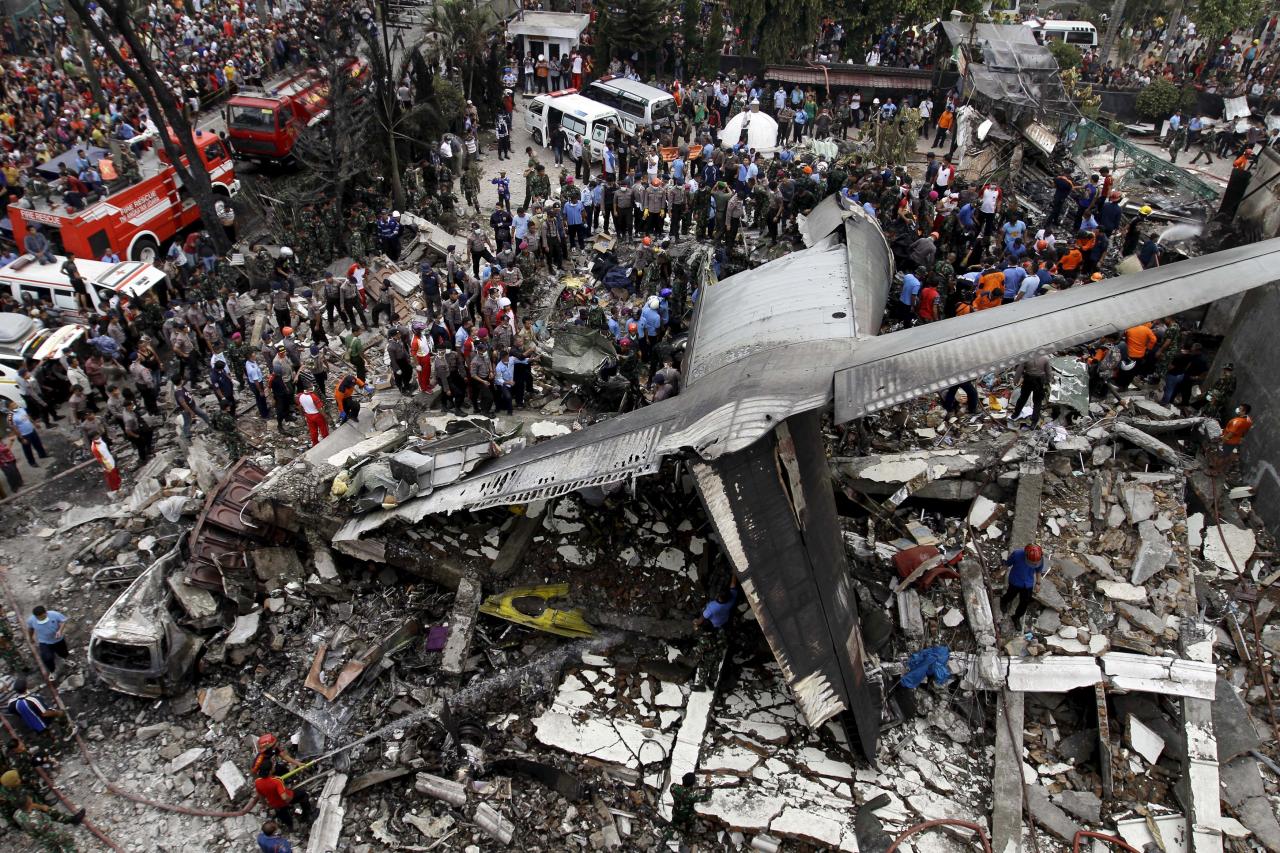
The Paris drone crash highlights the complexities of increasingly sophisticated drone technology and the need for robust safety measures. Understanding the technology involved, its limitations, and potential improvements is crucial for preventing future incidents. This section will explore the technological aspects of the drone, its inherent limitations, and avenues for technological advancement.The drone involved in the incident, while the exact model remains undisclosed for now (for reasons of ongoing investigation), likely incorporated several key technological components.
These components work together to enable flight and various functionalities.
Drone Internal Components and Functions
Imagine a layered structure. At the core is the flight controller, a miniature computer responsible for processing data from various sensors and executing commands to maintain stability and follow flight plans. Surrounding this are the power distribution system, managing battery power to the various components, and the propulsion system, consisting of multiple brushless motors driving propellers. These motors are precisely controlled by the flight controller to adjust thrust and direction.
Crucially, various sensors – including GPS, IMU (Inertial Measurement Unit), and barometer – provide real-time data on the drone’s position, orientation, and altitude. This data is essential for autonomous flight and stability. Finally, a communication system, usually relying on radio waves, allows for remote control and data transmission between the drone and its operator. In more advanced drones, we also find obstacle avoidance systems utilizing cameras and other sensors.
All these components are integrated through intricate wiring and software algorithms that dictate the drone’s behaviour.
Limitations of Current Drone Technology and Safety Features
Current drone technology, while advanced, has inherent limitations. GPS signals can be weak or unavailable in certain environments, leading to navigation errors. Battery life remains a significant constraint, limiting flight time and range. Furthermore, while obstacle avoidance systems are improving, they are not foolproof and can fail in complex or unpredictable situations. The reliance on software algorithms also introduces vulnerabilities to glitches and malfunctions.
So, you heard about that Paris drone crash? It’s a pretty big deal, especially considering the potential for damage in such a crowded city. To get more details on incidents like this, check out this article on a similar event: drone crash in paris. Understanding these events helps us learn about drone safety regulations and improve future preventative measures for Paris and beyond.
The Paris drone crash highlights the need for stricter controls.
Current safety features, such as geofencing (restricting flight to a specific area) and emergency stop mechanisms, can be bypassed or ineffective in certain circumstances. For example, a powerful electromagnetic pulse (EMP) could disrupt the drone’s electronics, rendering safety features useless. The increasing sophistication of drones also presents challenges in terms of cybersecurity, with potential for hacking and malicious control.
Potential Improvements to Drone Technology
Several technological improvements could enhance drone safety. More robust and redundant sensor systems, including the incorporation of multiple GPS receivers and alternative navigation methods (like visual odometry), would improve resilience to signal loss. Advancements in battery technology are constantly increasing flight times and energy density. The development of more sophisticated and reliable obstacle avoidance systems using advanced AI and machine learning could significantly reduce the risk of collisions.
Hey, so you’re interested in the Paris drone crash? It’s a pretty big deal, right? To get the full lowdown on what happened, check out this really informative article about the incident: paris drone crash. It covers everything from the initial reports to the ongoing investigation, so you’ll be totally up to speed on the Paris drone crash situation after reading it.
Improved software design, incorporating robust error-handling and fail-safe mechanisms, is critical. Finally, enhancing cybersecurity measures through encryption and secure communication protocols is paramount to prevent unauthorized access and control. The implementation of “self-destruct” mechanisms, allowing for remote disabling of the drone in emergency situations, should also be further explored and developed while considering the ethical implications and potential misuse.
The integration of advanced AI algorithms for predictive maintenance could also help anticipate potential malfunctions before they occur. For example, a system that analyses motor vibration patterns could predict imminent motor failure, preventing a potential crash.
Last Point
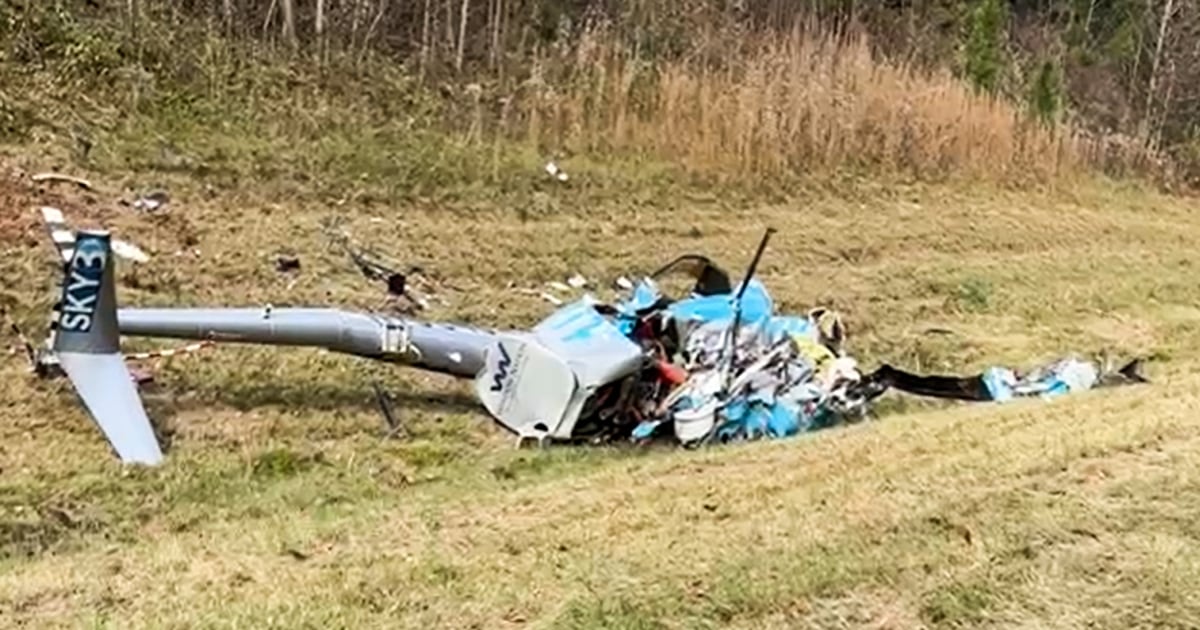
The Paris drone crash serves as a stark reminder of the potential risks associated with even seemingly benign technologies. While the immediate consequences might seem contained, the long-term effects on drone regulations, public perception, and technological advancements are significant. Understanding the details of this event is crucial for improving drone safety protocols and shaping a future where drone technology coexists safely with urban life.
The investigation’s findings will be key to determining preventative measures and improving overall safety standards.
Clarifying Questions
What type of drone was involved in the Paris drone crash?
This information will be detailed in the incident report, but often specifics about drone models are withheld initially for investigative purposes.
Were there any injuries reported as a result of the crash?
The extent of injuries, if any, will be detailed in official reports and news updates as they become available.
What is the current status of the investigation?
The investigation is ongoing, and updates will be released by the relevant authorities as they become available. Check official news sources for the latest information.
How common are drone crashes in major cities?
While relatively rare compared to other forms of transportation, drone crashes do occur in urban areas. The frequency varies based on factors like drone density and regulatory enforcement.
